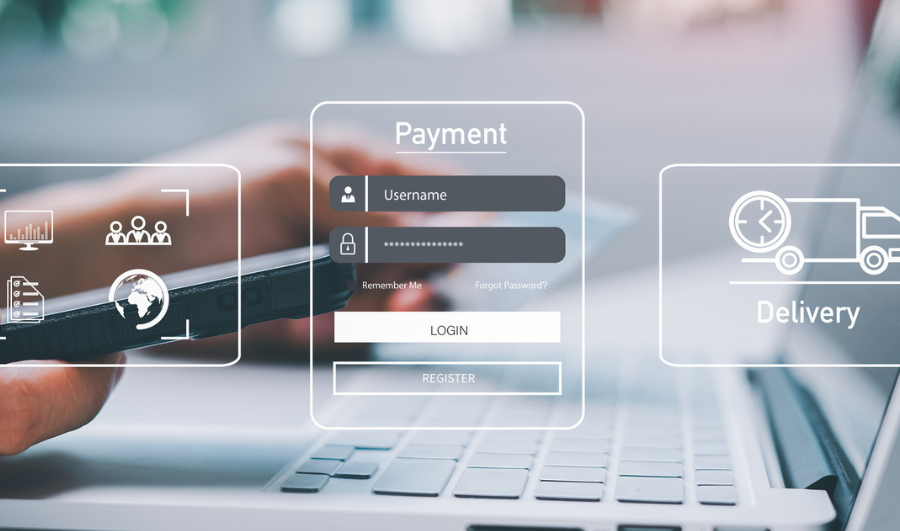Today, if you are looking to avail yourself of credit, you will find that there are plenty of options available to suit your needs. There are traditional credit options, such as home loans, personal loans, business loans, and loan against property (LAP), among others. Additionally, there are new and innovative options, including Buy Now, Pay Later (BNPL).
But how do you decide which credit type is right for you and works the best for your needs? The final choice you make may come down to the purpose for which you want the credit, the loan offers available to you and your repayment ability. In general, traditional credit options, such as personal loans, may be the best choice for you if you want to make a high-value purchase. Conversely, Buy Now Pay Later may be a better option if you are making a one-off purchase or have a poor credit history.
What is traditional credit?
Financial institutions in India offer various types of credit to cater to the diverse needs of the people. Whether you want to purchase a home, start a new business, send your child overseas for education or purchase a lifestyle product, you can find a specific credit for your requirement.
In a traditional form of credit or loan, you can borrow a lump sum amount and repay it with fixed Equated Monthly Instalments (EMIs) over a fixed period, which is determined at the time of loan application.
Let us look at the pros and cons of traditional credit
Pros
- You avail the credit at a specific interest rate and repayment period, which is fixed at the time of loan sanction. This means you will know exactly the amount you must repay every month and when you will pay off the loan.
- Depending on the type of credit you avail, you may or may not be required to provide collateral. For example, some secured credits, such as LAP and business loans, may require you to provide collateral to the lender as security against the amount you borrow. For unsecured loans, such as personal loans, you do not need to pledge any assets.
- Let’s assume you apply for a personal loan. Once the credit is sanctioned, the financial organisation deposits the approved amount in your bank account, and you can use the funds for any purpose as you like.
Cons
- Your repayment period begins immediately after the loan is disbursed. And, if you fail to repay even a single EMI, your credit will accrue interest, disrupting your financial planning.
- Lenders may charge a processing fee and other fees, which are typically a specific percentage of the credit amount. Additionally, you may incur other charges, such as a prepayment penalty and document verification fee. These charges add up to the overall credit cost.
What is Buy Now, Pay Later?
Buy Now, Pay Later offers financing for a specific, one-time purchase. Recently, buy now, pay later (BNPL) has gained immense popularity in India, particularly among millennials and Gen Z shoppers. Its premise is quite simple – you make a purchase from an online or offline store, and split the payments into smaller, interest-free instalments over a specific period.
Some of the Buy Now, Pay Later gateway service providers nowadays also offer a card that allows you to get pre-approved financing, which you can use for purchasing items almost anywhere.
There are two types of BNPL plans – Pay-in-four plans and Instalment loans.
- Pay-in-four plans
It allows you to split the payments of your purchase into four equal payments. You can pay the first instalment at checkout, and then make subsequent payments every two weeks. And there are no fees or interest on these payments.
- Instalment loans
The BNPL payment gateway service providers also offer instalment loans. The key difference is that they may accrue interest, and they come with longer repayment terms.
Let us look at the pros and cons of Buy Now, Pay Later.
Pros
- The pay-in-four BNPL allows you to quickly finance your purchases without paying any fees upfront or interest.
- The Buy Now, Pay Later payment gateway service providers offer financing to all, and it is easy to get. They don’t consider your credit score for pay-in-four plans.
- Both pay-in-four and instalment loan options come with a fixed and clear payment schedule and pay-off date, allowing you to plan your finances accordingly and repay the amount without any hassles.
Cons
- Some pay-later payment gatewayservices may charge a late fee. However, you may receive a grace period or be able to reschedule or extend the next payment.
- Each of your BNPL plans may have different due dates and payment amounts, making it hard for you to keep track of the payments, especially if your BNPLS are spread across several providers.
Conclusion
There you go, the traditional credit options and BNPL have several differences and have their pros and cons, and they have different implications on your finances. Therefore, the choice that works best for you depends on your specific requirements. If you want to make a one-time purchase, BNPL is the best option, as you can repay the amount interest-free. Whereas traditional credits have broader usage, you can avail of a lump sum amount and make monthly payments. Additionally, it provides an opportunity to establish your credit.
So, do your due diligence, assess your finances and requirements and choose the right credit option accordingly.
If you’re looking to offer flexible payment solutions to your customers, PayU Buy Now, Pay Later can help you boost your conversions. Start today!



